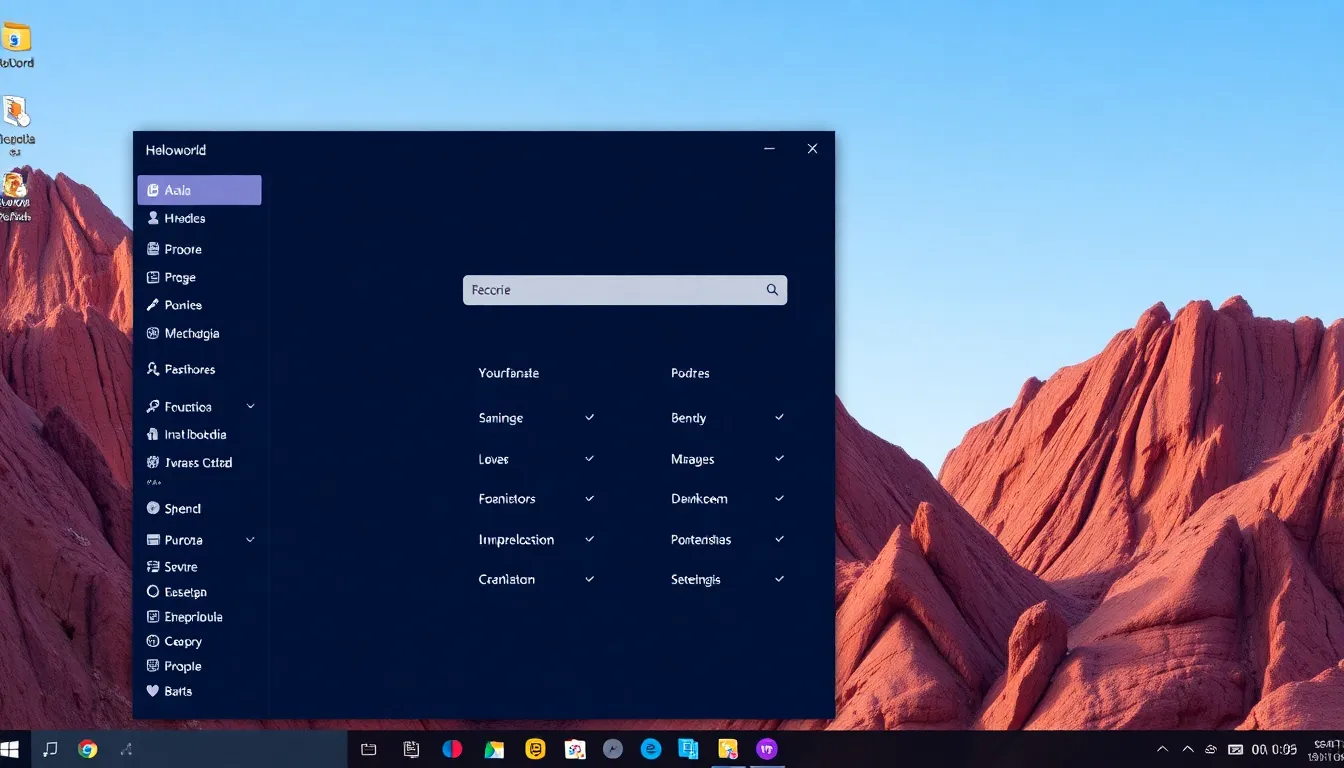The Employee Retention Credit (ERC) has become one of the most valuable financial relief tools for businesses in recent years. Designed to support companies that kept employees on payroll during challenging economic times, the ERC can offer substantial tax credits that directly boost a company’s financial stability. Whether you are a small business owner or manage a large enterprise, understanding how the ERC works, who qualifies, and how to claim it can significantly benefit your bottom line.
What Is the Employee Retention Credit?
The Employee Retention Credit is a refundable tax credit available to eligible employers that retained employees during periods of reduced business operations or revenue declines. Unlike a loan, the ERC does not need to be repaid. It is applied against certain employment taxes, and if the credit exceeds your total tax liability, you can receive the excess as a refund. This unique structure makes the ERC an attractive option for business owners looking for immediate financial relief.
Who Qualifies for the ERC?
Eligibility for the Employee Retention Credit depends on meeting specific criteria set by the IRS. Generally, a business may qualify if:
- It experienced a significant decline in gross receipts compared to 2019.
- It was subject to a full or partial suspension of operations due to a government order related to COVID-19.
- It retained and paid employees during the affected periods.
It is important to note that both small and mid-sized businesses can claim the ERC, as well as certain tax-exempt organizations. However, the rules vary depending on the time period for which the credit is claimed.
How Much Is the ERC Worth?
The value of the Employee Retention Credit varies by year. For 2020, eligible employers could claim up to $5,000 per employee for the year. For 2021, the credit increased dramatically, allowing claims of up to $7,000 per employee per quarter for the first three quarters. This means that some businesses may be able to claim tens or even hundreds of thousands of dollars in total credits, depending on their workforce size and eligibility.
How to Claim the ERC
Step 1: Determine Eligibility
Start by reviewing your business’s financial records to confirm a decline in gross receipts or verify that your operations were impacted by government orders.
Step 2: Calculate the Credit
The Employee Retention Credit amount depends on qualified wages paid to employees, including certain health plan costs.
Step 3: File the Appropriate Forms
Eligible employers can claim the ERC on their federal employment tax returns, typically using Form 941. If you missed claiming it originally, you can still file an amended return using Form 941-X.
Step 4: Keep Documentation
Maintain thorough records of payroll data, revenue comparisons, and proof of government-mandated shutdowns to ensure compliance in case of an IRS review.
Benefits of the ERC for Businesses
The Employee Retention Credit offers multiple benefits beyond just the refund:
- Improved cash flow – Immediate funds can be reinvested into operations.
- Employee stability – Encourages businesses to keep staff employed during uncertain times.
- No repayment – Unlike loans, the ERC is not a debt burden.
- Flexibility – Funds can be used for any business expense.
Common Mistakes to Avoid
When filing for the Employee Retention Credit, business owners should avoid these common errors:
- Miscalculating eligible wages.
- Failing to document revenue declines or government orders.
- Confusing ERC eligibility with other relief programs like PPP.
- Missing the filing deadline for amended returns.
Deadline for Claiming the ERC
Although the program has ended for most employers, you can still claim the Employee Retention Credit retroactively. The deadline generally allows claims for up to three years after the original filing date, meaning some businesses can still file for 2020 and 2021 credits well into 2024 and 2025. Acting promptly ensures you do not miss out on valuable funds.
ERC Compliance Tips
Compliance is essential when claiming the Employee Retention Credit. Work with a qualified tax professional who understands the latest IRS guidance. Keep meticulous records and avoid aggressive interpretations of eligibility criteria that could trigger audits.
Maximizing Your ERC Claim
To get the most out of the Employee Retention Credit:
- Review every eligible quarter for both 2020 and 2021.
- Include qualified health plan expenses.
- Coordinate ERC claims with other relief programs without overlapping wage claims.
- Seek professional review before submitting amended forms.
Why the ERC Matters for Your Business
The Employee Retention Credit is more than just a tax break; it is a strategic financial tool. For many companies, the ERC has provided the breathing room needed to recover from economic disruption, retain key employees, and invest in growth opportunities. Even if you initially thought your business did not qualify, changing IRS guidance has expanded eligibility, making it worth a second look.
Conclusion
The Employee Retention Credit has been a game-changer for businesses navigating economic uncertainty. By understanding its rules, deadlines, and benefits, you can potentially recover substantial funds that strengthen your company’s financial position. Take the time to assess your eligibility, calculate your potential refund, and file before the window closes. With the right approach, the ERC can provide the financial boost your business needs to thrive.




